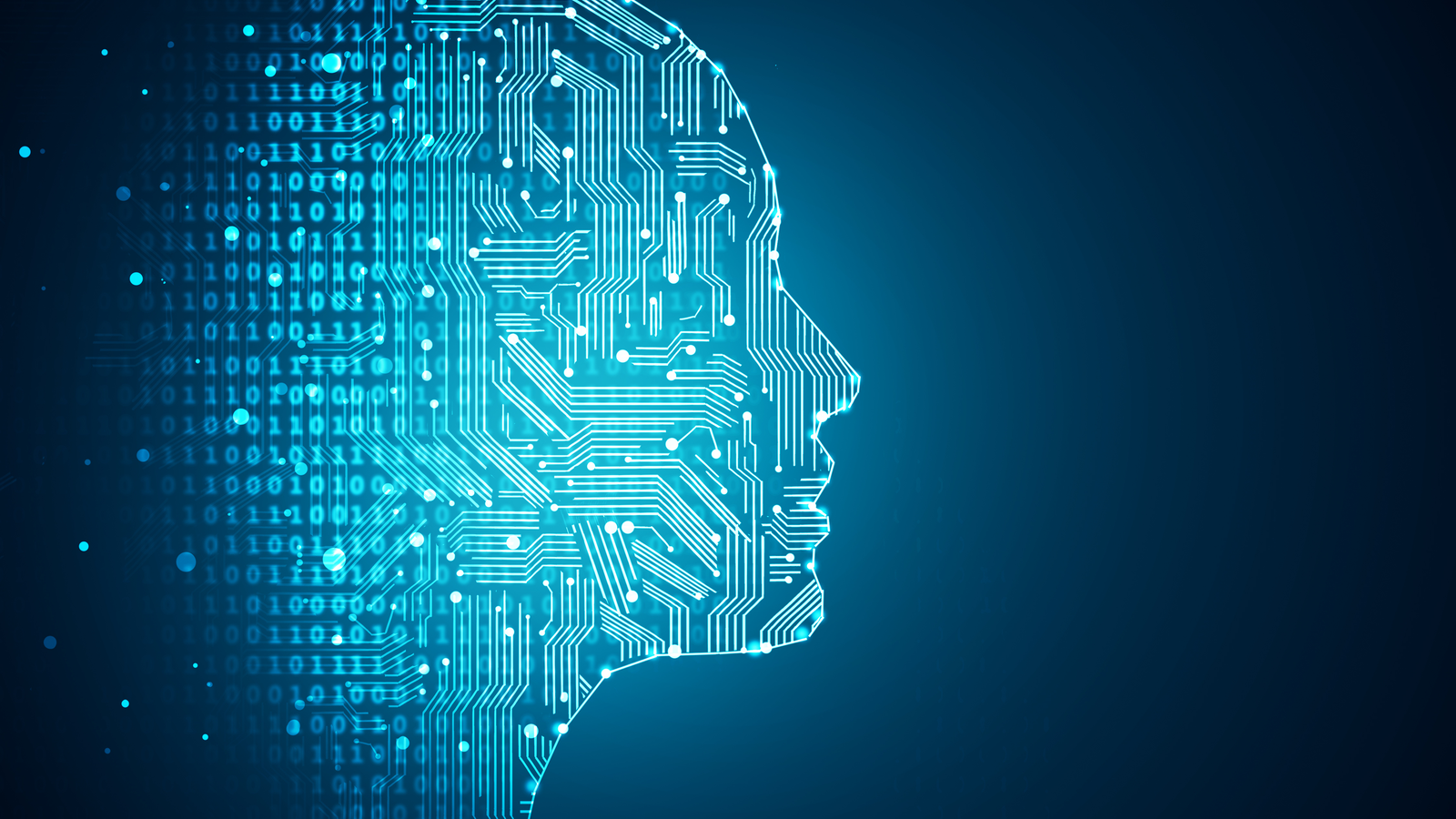DETROIT – Artificial Intelligence (AI) has become a game-changer, reshaping industries and our daily lives. AI transforms our lives and works, from virtual assistants to self-driving cars. In this article, we will delve into the fundamentals of AI, providing a beginner’s guide to this exciting field.
Defining Artificial Intelligence
Artificial Intelligence involves creating computer systems that can perform tasks typically requiring human Intelligence. By developing algorithms and models, AI enables machines to learn, reason, and make decisions based on data and patterns. Subfields of AI include machine learning, natural language processing, computer vision, and robotics.
Understanding Types of AI
Two prominent categories within AI are narrow AI and general AI. In this section, we will explore the characteristics, capabilities, and implications of both narrow AI and general AI, shedding light on their differences and potential impact on society.
Narrow AI: Specialized Expertise
Narrow AI, also known as weak AI, refers to AI systems designed to excel in specific tasks within a limited domain. These systems are built to perform a specific function with a high level of proficiency but need the ability to generalize knowledge to other domains. Narrow AI focuses on solving specific problems efficiently and effectively, making it a practical choice for various applications.
Examples of narrow AI include voice assistants like Siri and Alexa, spam filters, recommendation systems, and autonomous vehicles. These systems leverage machine learning algorithms and deep learning techniques to analyze data and make decisions based on predefined rules and patterns. Narrow AI has proven to be highly successful in areas such as natural language processing, image recognition, and data analysis.
Read more at AI






